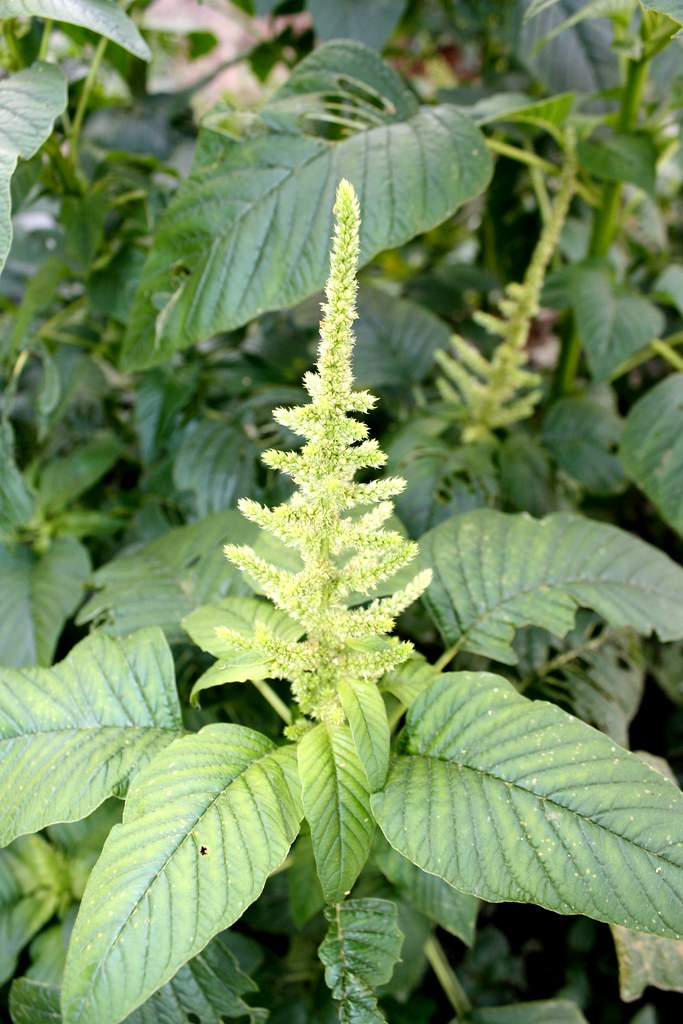DEPARTMENT OF BOTANY
MEDICINAL PLANTS
Amaranthus viridis L
Botanical Details:
• Scientific Name: Amaranthus viridis
• Family: Amaranthaceae
• Genus: Amaranthus
• Species: A. viridis
Common Name:
• English: Green Amaranth, Slender Amaranth
• Malayalam: കുപ്പച്ചീര kuppacheera
• Tamil: குப்பைக்கீரை kuppai-k-kirai
Synonyms:
o Amaranthus blitum
Botanical Description:
• Habit: Herbaceous, erect or spreading plant.
• Height: Can grow up to 1 meter tall.
• Leaves: Alternate, simple, and ovate or lanceolate in shape with a smooth margin.
• Flowers: Small, greenish, and arranged in panicles (branched clusters).
• Fruits: Small, triangular or round seeds; the plant produces small, hard, and blackish seeds.
Uses of Amaranthus viridis:
1. Edible Uses:
o Leaves: The young leaves and stems of Amaranthus viridis are commonly used as a vegetable. They are nutritious and are a source of vitamins A and C, iron, calcium, and fiber.
o Culinary: In many cultures, the leaves are sautéed or boiled and used in soups, curries, or stir-fries. In India, the leaves are used in a variety of dishes and are considered a healthy food.
2. Medicinal Uses:
o Traditional Medicine: In folk medicine, Amaranthus viridis is used for its cooling and anti-inflammatory properties. It is used to treat conditions like digestive disorders, fever, and skin irritation.
o Diuretic: The plant is also used as a diuretic in traditional practices, to help with urinary retention and kidney function.
o Blood Purifier: Some believe the plant helps to purify the blood, acting as a detoxifier.
3. Nutritional Benefits:
o High in Nutrients: Rich in proteins, vitamins (A, C), minerals (iron, calcium), and dietary fiber.
o Anti-oxidant properties: The leaves are considered to have anti-oxidant properties due to their high content of polyphenols.
